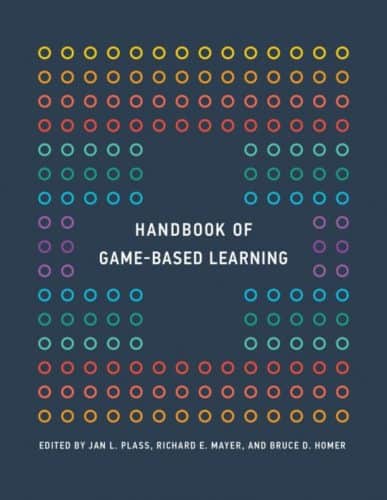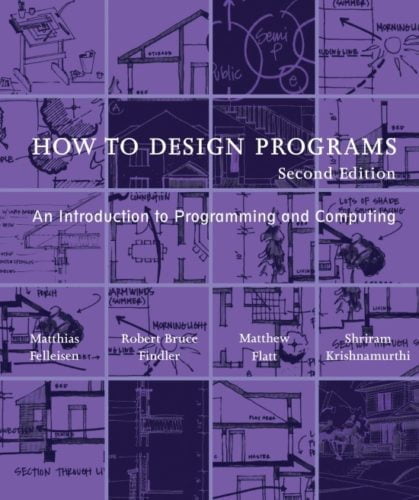A few decades into the digital era, researchers found that arranging scientific research in terms of computing enabled a completely new method. Eventually, every subject had a computational branch, including computational physics, computational biology, and computational sociology. “Computational thinking” has more recently been integrated into the K–12 curriculum. Thought computation, though, what is it? This book from the MIT Press Essential Knowledge series provides a clear overview of computational thinking by tracing its history back to a time far before the invention of digital computers.
According to the authors, computational thinking (CT) is a mode of thinking that is developed through practice and consists of the mental abilities for building computations to perform tasks for us as well as for understanding and interpreting the world as a complex of information processes. Long before electronic computers, teams of mathematicians performing intricate computations as “computers” participated in CT. The authors define six aspects of the highly developed CT of today and discuss each in a separate chapter. These aspects are methodologies, machines, computer education, software engineering, computational science, and design. Along the way, they disprove exaggerated claims about computation and CT while demonstrating the strength of CT in all of its complexity and diversity.















